Beryciformes: Alfonso Squirrelfishes
All species in this order share an osteological feature called Jakubowski's organ. It is a modification of the supraorbital and infraorbital sensory canals (what they're sensing, I do not know).
Trachichthyoidei
This group is united based on larval characteristics and whatnot. Great.
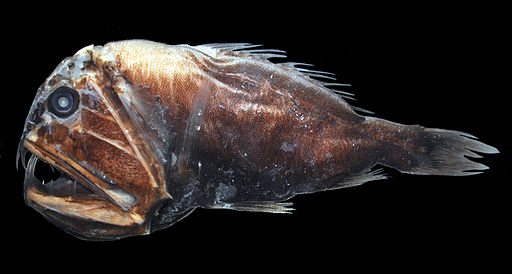
Citron, via Wikimedia Commons
Anoplogastridae: Fangtooths
Whoa, there is one genus of this scary-looking fish, Anoplogaster, with only two species. It gets its name from the giant fangs in both upper and lower jaws. Supposedly the teeth are so long that there are grooves near the brain for the teeth to enter. Don't worry though, it only reaches 16cm in length.
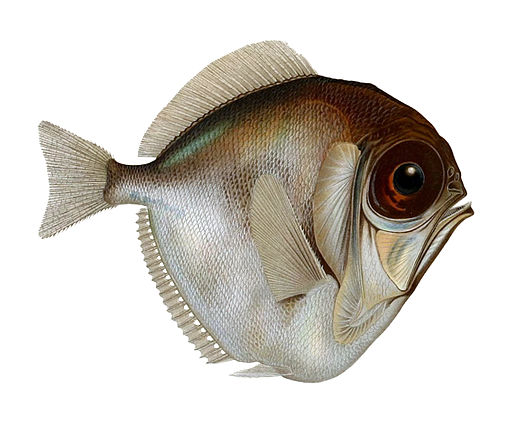
By Emma Kissling [Public domain], via Wikimedia Commons
Diretmidae: Spinyfins
There are three genera with four species total. The have a rounded body shape when viewed from the side and lack a lateral line. They do have some spines in the pelvic fins, which I guess was good enough to give them this name.
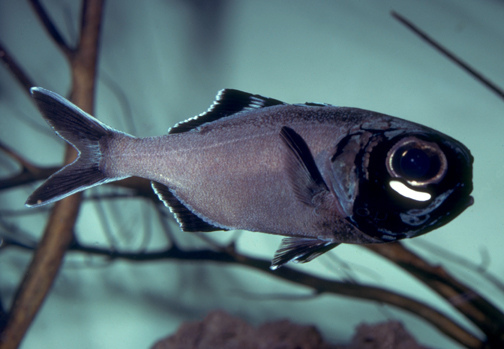
Kenneth Lucas, California Academy of Sciences
Anomalopidae: Flashlight Fishes
These fishes get their name from an organ located beneath the eye, which contains luminous bacteria. The fish is able to rotate the organ downwards and to erect a black membrane, allowing the fish to adjust the direction and amount of light emitted in order to attract mates or avoid predators.
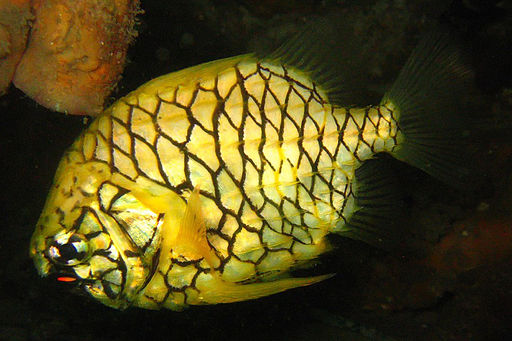
By Richard Ling, derivative work: Mfield [CC BY-SA 2.0], via Wikimedia Commons
Monocentridae: Pinecone Fishes
There are two genera with four total species. The name comes from the large platelike scales covering the body. These fishes also have light organs on the lower jaw, which glow different colors depending on the time of day. They are also known as pineapple fishes, which I think is a much more appropriate name based on the coloration.
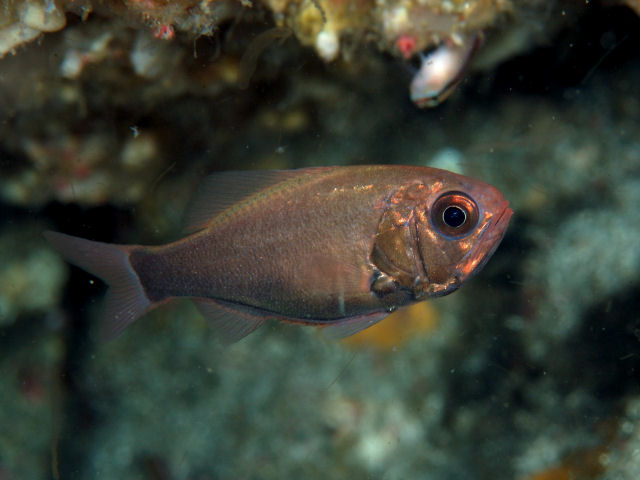
By Izuzuki [CC BY-SA 3.0], via Wikimedia Commons
Trachichthyidae: Roughies
These fishes have a spine near the gill opening and some spines on the fins. One common food fish is the orange roughy, Hoplostethus atlanticus. This family is also known as the slimeheads, but not many people would buy "slimehead filets" to serve for dinner.
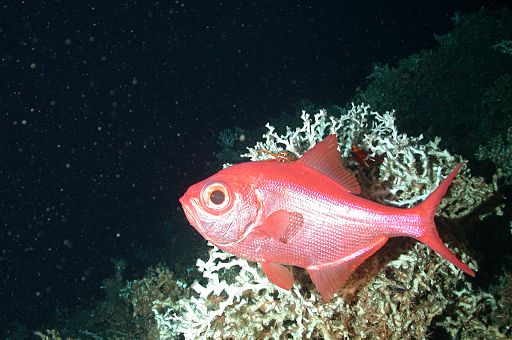
By Dr. Ken Sulak, USGS [Public domain], via Wikimedia Commons
Berycoidei: Alfonsinos
There is one family, Berycidae, with two genera and nine species total. There is one spine in the pelvic fin and dorsal fin spines of increasing length from front to back. These fishes have large eyes to see in the dark. The common name for Beryx is alfonsino, and the common name for Centroberyx is nannygai, which both sound like made up gibberish.
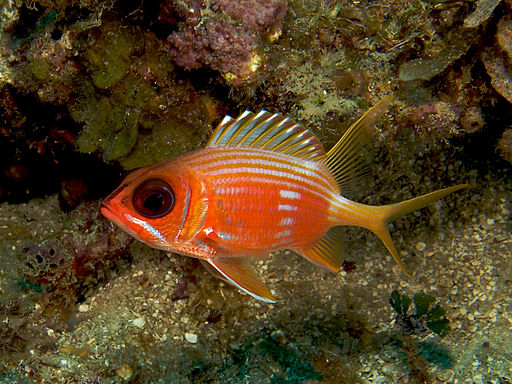
By Nick Hobgood [CC BY-SA 3.0], via Wikimedia Commons
Holocentroidei: Squirrelfishes
There is one family, Holocentridae. These fishes are recognizable by their large eyes and their tendency to lurk in dark places. They peer out at divers from underneath rocks on coral reefs. The subfamily holocentrinae has the distinction of having a sharp preopercular spine which may contain a venom, so watch out.